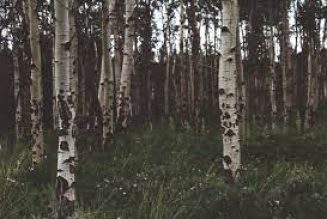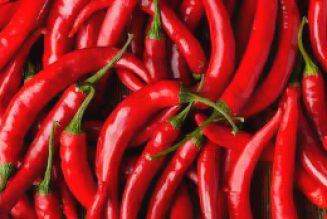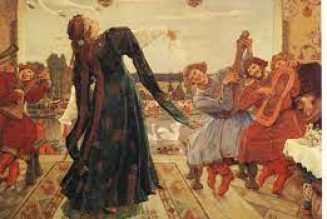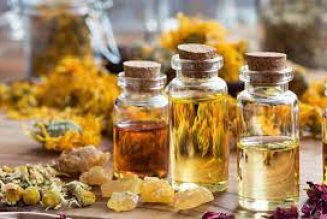Gorse, or Ulex, is a striking genus of evergreen shrubs in the pea family Fabaceae, renowned for its impenetrable thickets and radiant golden blooms. Native to western Europe and northwest Africa, gorse flourishes in dry, sandy soils, windswept heaths, and sun-drenched hillsides, where its presence is both unmistakable and unforgettable.
The most familiar species, Ulex europaeus, can reach up to three meters in height, forming dense, tangled masses of spiny branches. Its leaves are reduced to sharp, needle-like spines, a clever adaptation that deters grazing animals and conserves moisture in harsh environments. The stems are tough and wiry, interwoven to create a living fortress that shelters countless creatures.
Gorse’s flowers are its crowning glory—brilliant yellow, pea-shaped, and clustered along the branches. These blossoms appear as early as late winter and can persist through spring and summer, with some plants flowering almost year-round. Their scent is sweet and evocative, reminiscent of coconut and vanilla, drifting on the breeze and drawing pollinators from far and wide.
(short pause) The flowering cycle of gorse is legendary. In many regions, it is said that “when gorse is out of blossom, kissing’s out of fashion,” for somewhere, gorse is always in bloom. After flowering, the plant produces small, hairy seed pods that ripen in the sun and burst open with a sharp crack, flinging seeds into the surrounding earth.
Ecologically, gorse is a keystone species. Its dense, thorny cover provides vital nesting sites for birds like the Dartford warbler and European stonechat, while its flowers feed bees, butterflies, and the caterpillars of several moth species. The dry, woody stems offer shelter for insects and small mammals, and the plant’s deep roots help stabilize poor soils.
Yet, gorse’s resilience can be a double-edged sword. Outside its native range, especially in New Zealand, Australia, and North America, gorse has become a notorious invasive, spreading rapidly and outcompeting native plants. Its seeds can remain viable in the soil for decades, and its flammability makes it a hazard in fire-prone landscapes.
Traditionally, gorse has been woven into daily life. Its flowers were gathered for teas, salads, and even wine, imparting a subtle almond flavor. Farmers valued gorse as a winter fodder for livestock, crushing the spiny branches to make them palatable. The plant’s high oil content made it a prized fuel for bread ovens, burning hot and bright.
In modern herbalism and witchcraft, gorse is a symbol of hope, endurance, and protection. Its ever-present blossoms are used in spells for resilience and renewal, while its thorns guard against negativity. Gorse flower essence is believed to lift the spirit and rekindle inner fire, making it a powerful ally on the witch’s path.
Culturally, gorse is woven into legend and lore. In Scotland, it serves as a clan badge, and in Galicia, Spain, it is the national flower. Folklore tells of gorse’s ability to ward off evil and attract good fortune. Some tales speak of faeries dwelling in its golden thickets, and of lovers exchanging gorse blossoms as tokens of undying affection.
To walk among blooming gorse is to step into a world of sunlight and shadow, where resilience and beauty intertwine. For the witch, gorse offers lessons in survival, transformation, and the enduring power of light—an ancient companion on the journey of magic and self-discovery.























